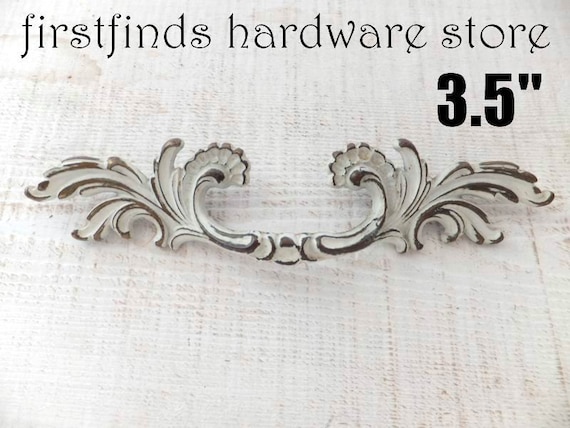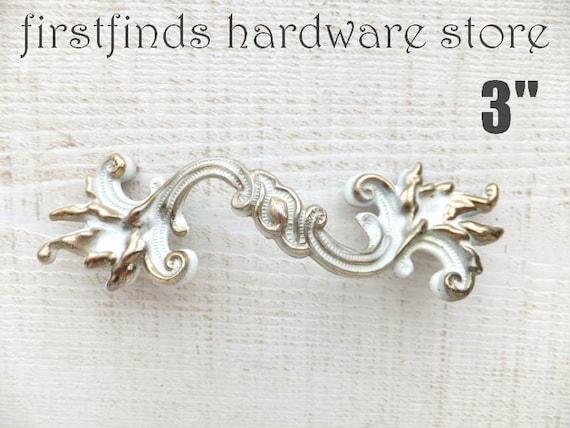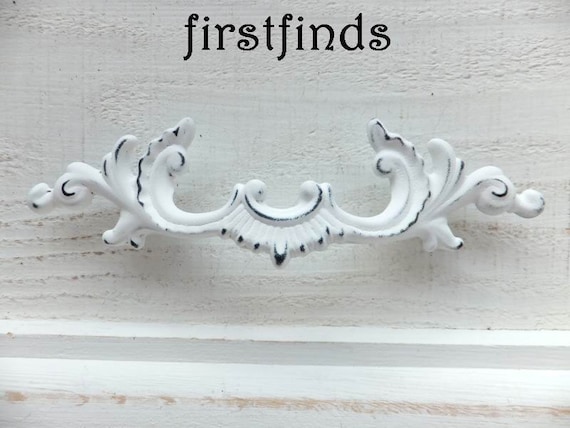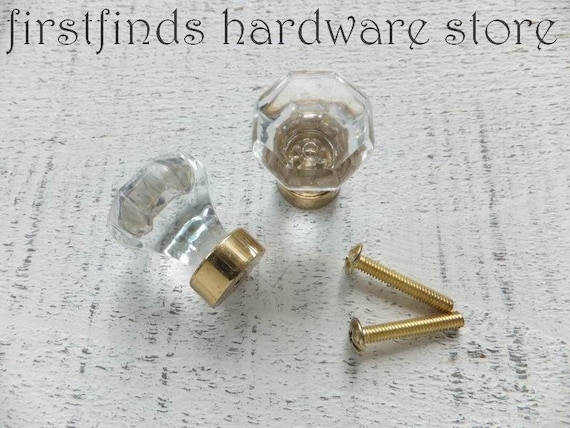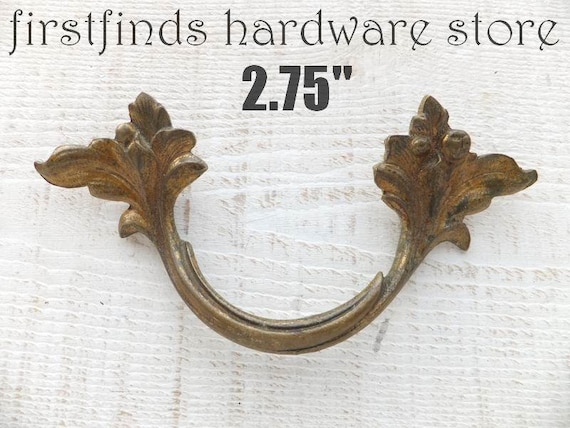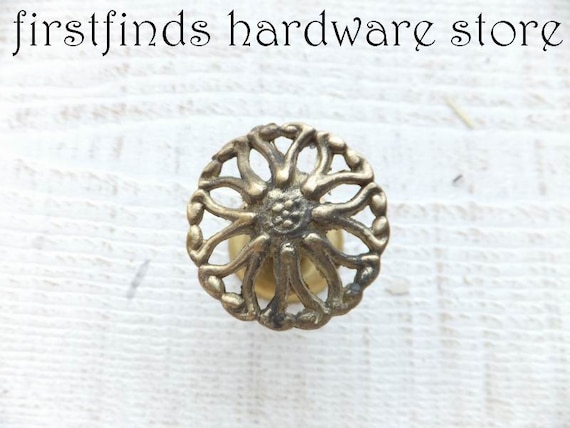The interior of our motor home was dated and to spruce it up I opted to paint most of it. The walls were all
covered in wallpaper and the cabinets were all covered in a vinyl sticker. The first step was to pick up a roll of poly and some masking tape.
I masked and covered all the places that were not going to be
painted, like the speaker covers, propane gauge, windows, mirrors,
and the like. If there was any wallpaper that was not sticking down
I removed it, there wasn't a lot but some areas had lifted so I
pealed it back to an edge point. I set up my compressor just outside
the RV door and connected my HVLP spray gun on a long hose. I
used Annie Sloan Old White for all the painted surfaces and clear
coated with Varathane's water based spray finish in a semi gloss. I
was sure to use a breathing face mask while painting and clear
coating inside such a tight area.
all done I put up a poly curtain over the bedroom door way and
continued spraying in the front.
My inspiration came from this photo of a very
high end motor home. When the lottery fairy
comes calling this is the one I would like.
*************************************
I did not paint the walls in the shower,
instead I used fancy stickers.
As the story goes, the plastic walls had been cracked in 2 places
after someone fell against them, and then someone used duct tape
to reseal the 2 cracks. The former owner said it worked fine
and my tests with the shower head showed it was sealed. So I
decided to use Self-Adhesive Wall Tiles AKA fancy stickers to
pretty the shower up. I used a grey marble herringbone pattern we
found at a local home store. It comes in pieces approx. 11" x 9
inches that over lap. If you start at the bottom like installing roof
shingles it will help with water running over them.
It's not cheap and it is not recommended for showers
but an RV shower is not used the same way your home shower is. It
doesn't get very hot, and it isn't used as often for showers. We have
had it installed now for 3 months and used it a dozen times with no
issues. To install it I cleaned the wall with a de-greaser first, then I
sanded the wall with 80 grit, to give it more grip for the adhesive,
I finish up with another wipe down to remove any excess debris
from the sanding. The herringbone took a long time to lay properly,
it took me about 6 days/times, about half a wall each time before I
had to break away. They are made of plastic and cut with a knife
or scissors. The final step was to caulk all the outer edges with a
nice white caulking.
********************************************
Stop into FIRSTFINDS HARDWARE STORE to see
if we have any vintage hardware for your next project.
CLICK EACH PHOTO FOR MORE INFORMATION
CLICK EACH PHOTO FOR MORE INFORMATION










